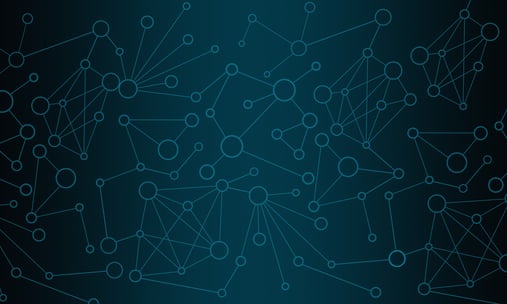Reducing Readmissions: Applying Telehealth To Save Lives
Unfortunately, positive patient outcomes and financial areas in healthcare have been suffering due to medical readmissions. Teledermatology services are now able to reduce these harmful repercussions by overcoming proximity barriers to serve individuals in need of quality care while supporting the early detection of skin cancer.1
One of the main benefits of telehealth is its effectiveness in reaching patient demographics who experience inadequate service due to various limiting factors, such as remote locations or mobility issues. Telehealth also improves connections between on-site medical professionals and their recently discharged patients by promoting a well rounded communication network. Intelligent dermatology software such as DermEngine, allows dermatologists and pathologists to extend their professional network with simplified sharing and referrals of key patient cases for an optimized triage framework to expedite care.

Readmission Concerns
In any aspect of life, re-addressing something that has already had countless hours of time and effort dedicated to is a frustrating and wasteful experience. For profit organizations, the main drawback of re-work are financial shortfalls: a substandard output results in “repairable” losses. Circumstances such as losing a sale or paying an employee overtime have the opportunity of being recovered as time passes with strategic adjustments.
However, encountering readmissions in healthcare could very much be "un-repairable” when dealing with the early detection of skin cancer and other conditions that directly affect the risk of losing lives. This makes it imperative for health organizations to optimize workflows to reduce readmissions and unreasonable wait times, especially when “75% of readmissions are preventable.”2 Causes can be found in different areas of the patient cycle, including doctor-patient misinterpretation, lack of medical follow-ups post-discharge, and disengaged patients. Evidently, miscommunication is a primary contributor to patient readmissions, with “communication failures [being] linked to 1,744 patient deaths in five years,” costing a staggering $1.7 B in malpractice expenses.3 Fortunately, telehealth can help resolve these issues by connecting stakeholders to create a patient-centric ecosystem.
Traditional means of patient-health institution communications have acted as an inconvenient barrier for progressing towards full recovery. With smartphones commonly used by medical professionals and patients, telehealth enables two-way interactions which is key for reducing readmissions by engaging both sides of the care equation.
While readmissions continue to be a financial burden on healthcare systems, telehealth offers favourable solutions that increase accessibility and communication alongside patient participation to create a revitalized care ecosystem.6 As a result, telehealth uses connectivity to take a proactive approach that reduces medical readmissions using cost-effective and barrierless communication.
-The MetaOptima Team
Would you like to stay updated on the latest news of MetaOptima and its intelligent dermatology software, DermEngine? Subscribe to our blog! If you're ready to experience DermEngine's intuitive features firsthand, request your demo today!
1-https://bmjopen.bmj.com
2-https://telehealthandmedicinetoday.com
3-https://www.beckershospitalreview.com
4-https://aetonix.com
5- https://www.fshealth.com
6-https://vsee.com
Topics: Dermatology Pathology Connectivity Skin Cancer Telehealth Healthcare Teledermatology Dermatology Software Intelligent Dermatology Software Early Detection of Skin Cancer Intelligent Dermatology Healthcare Ecosystem dermatologist






